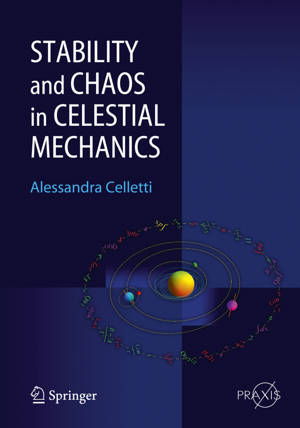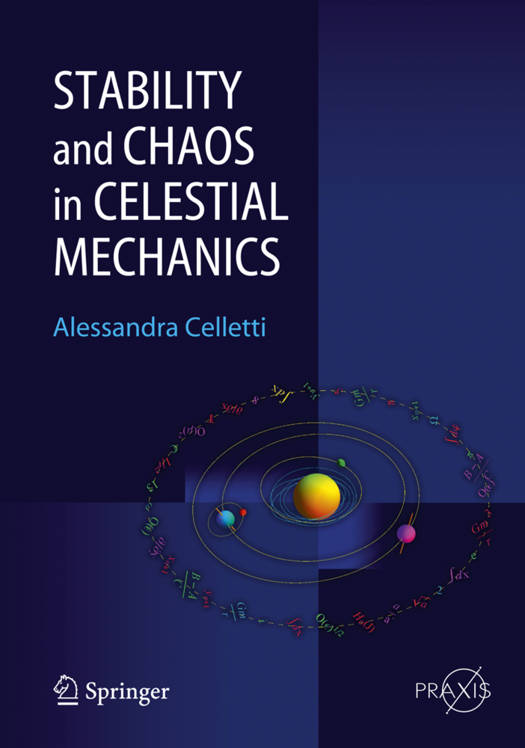
- Afhalen na 1 uur in een winkel met voorraad
- Gratis thuislevering in België vanaf € 30
- Ruim aanbod met 7 miljoen producten
- Afhalen na 1 uur in een winkel met voorraad
- Gratis thuislevering in België vanaf € 30
- Ruim aanbod met 7 miljoen producten
Zoeken
Omschrijving
The last decades have marked the beginning of a new era in Celestial Mech- ics. The challenges came from several di?erent directions. The stability theory of nearly integrable systems (a class of problems which includes many models of - lestial Mechanics) pro?ted from the breakthrough represented by the Kolmogorov Arnold Moser theory, which also provides tools for determining explicitly the - rameter values allowing for stability. A con?nement of the actions for exponential times was guaranteed by Nekhoroshev s theorem, which gives much information about the geography of the resonances. Performing ever-faster computer simu- tionsallowedustohavedeeperinsightsintomanyquestionsofDynamicalSystems, most notably chaos theory. In this context several techniques have been developed to distinguish between ordered and chaotic behaviors. Modern tools for computing spacecraft trajectories made possible the realization of many space missions, es- cially the interplanetary tours, which gave a new shape to the solar system with a lot of new satellites and small bodies. Finally, the improvement of observational techniques allowed us to make two revolutions in the sky: the solar system does not end with Pluto, but it extends to the Kuiper belt, and the solar system is not unique, but the universe has plenty of extrasolar planetary systems. Cookingalltheseingredientstogetherwiththeclassicaltheoriesdevelopedfrom the 17th to the 19th centuries, one obtains themodern Celestial Mechanics."
Specificaties
Betrokkenen
- Auteur(s):
- Uitgeverij:
Inhoud
- Aantal bladzijden:
- 264
- Taal:
- Engels
- Reeks:
Eigenschappen
- Productcode (EAN):
- 9783540851455
- Verschijningsdatum:
- 25/11/2009
- Uitvoering:
- Hardcover
- Formaat:
- Genaaid
- Afmetingen:
- 175 mm x 246 mm
- Gewicht:
- 680 g

Alleen bij Standaard Boekhandel
+ 671 punten op je klantenkaart van Standaard Boekhandel
Beoordelingen
We publiceren alleen reviews die voldoen aan de voorwaarden voor reviews. Bekijk onze voorwaarden voor reviews.








